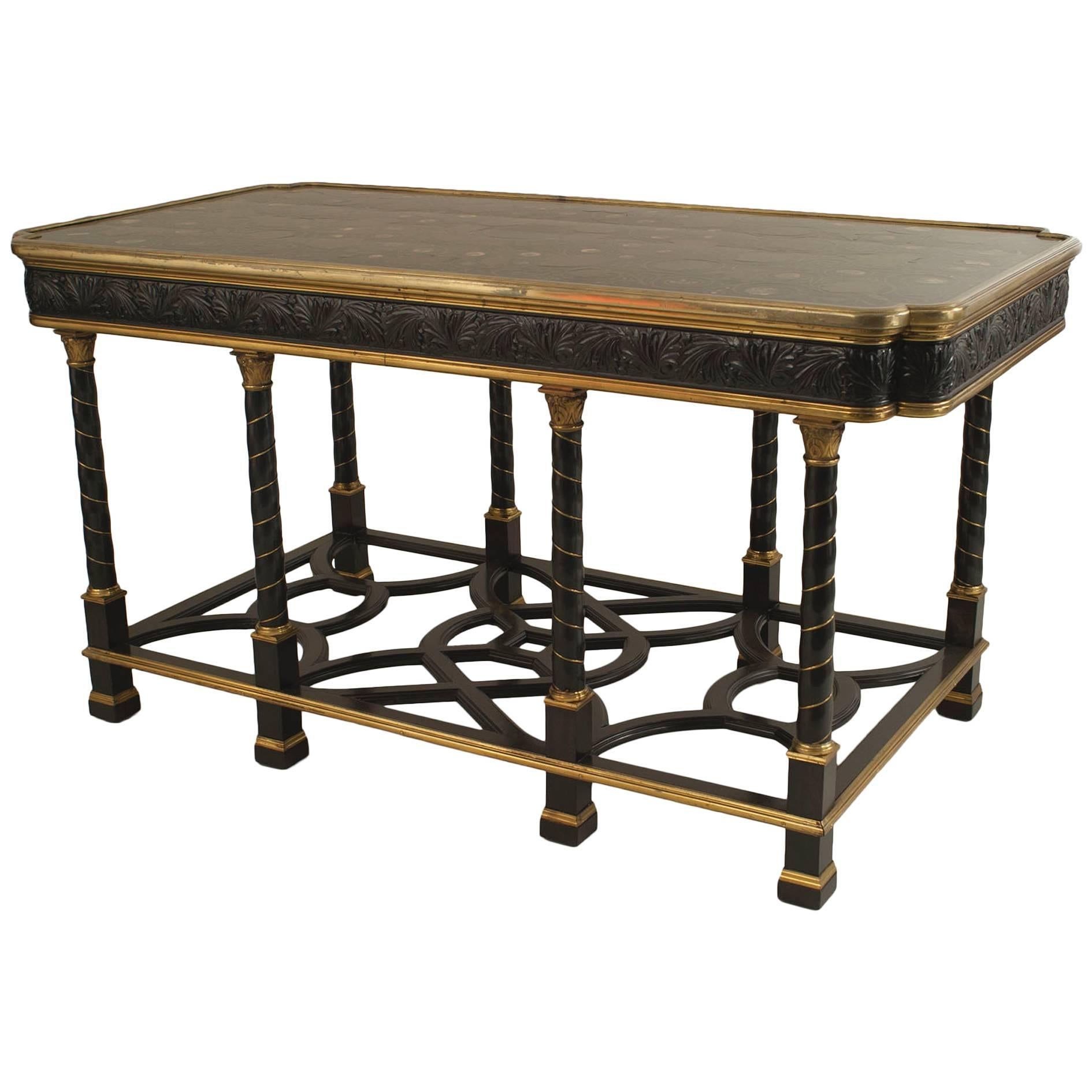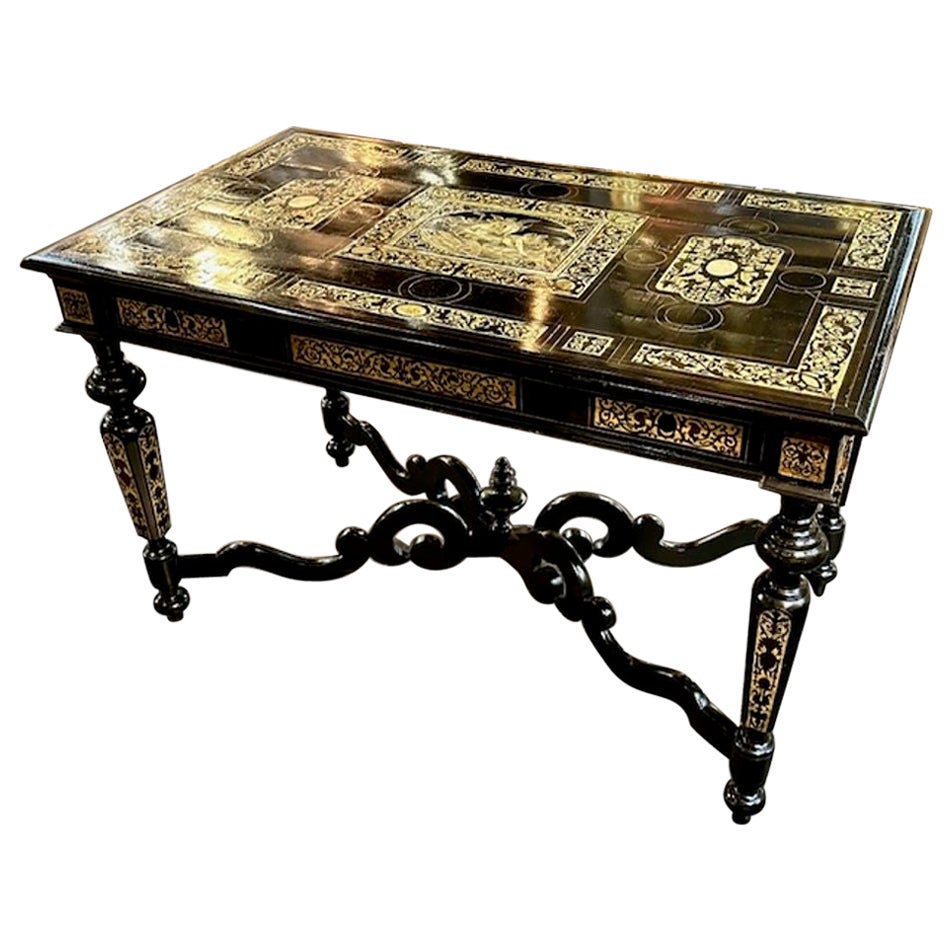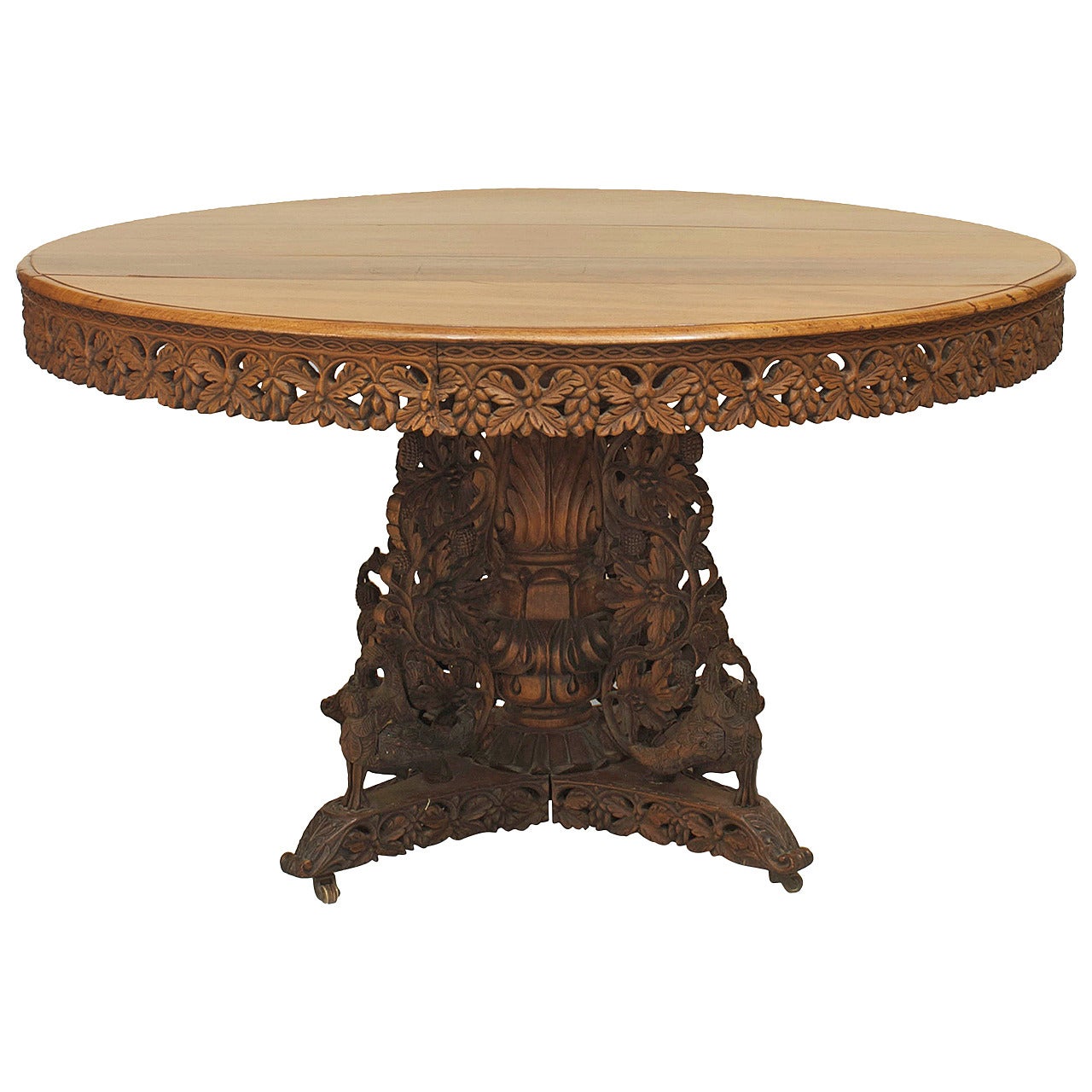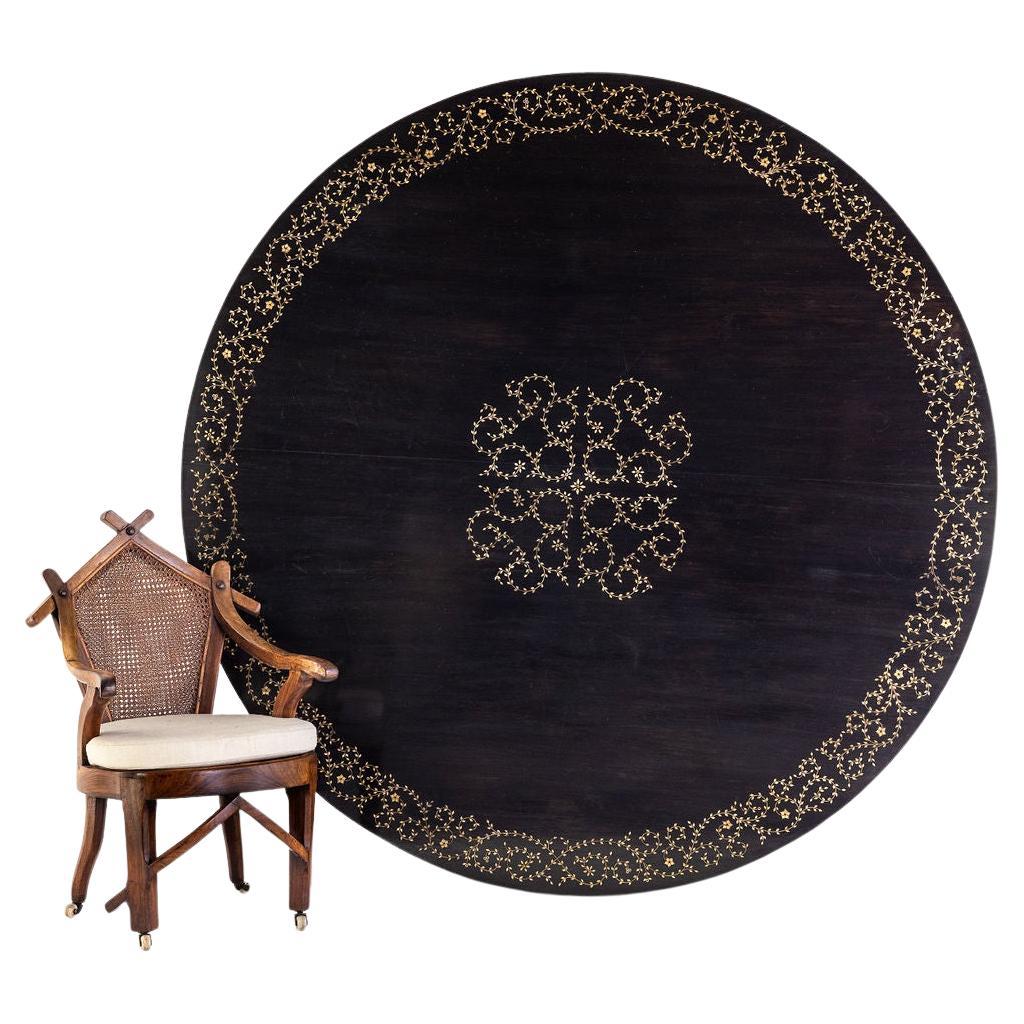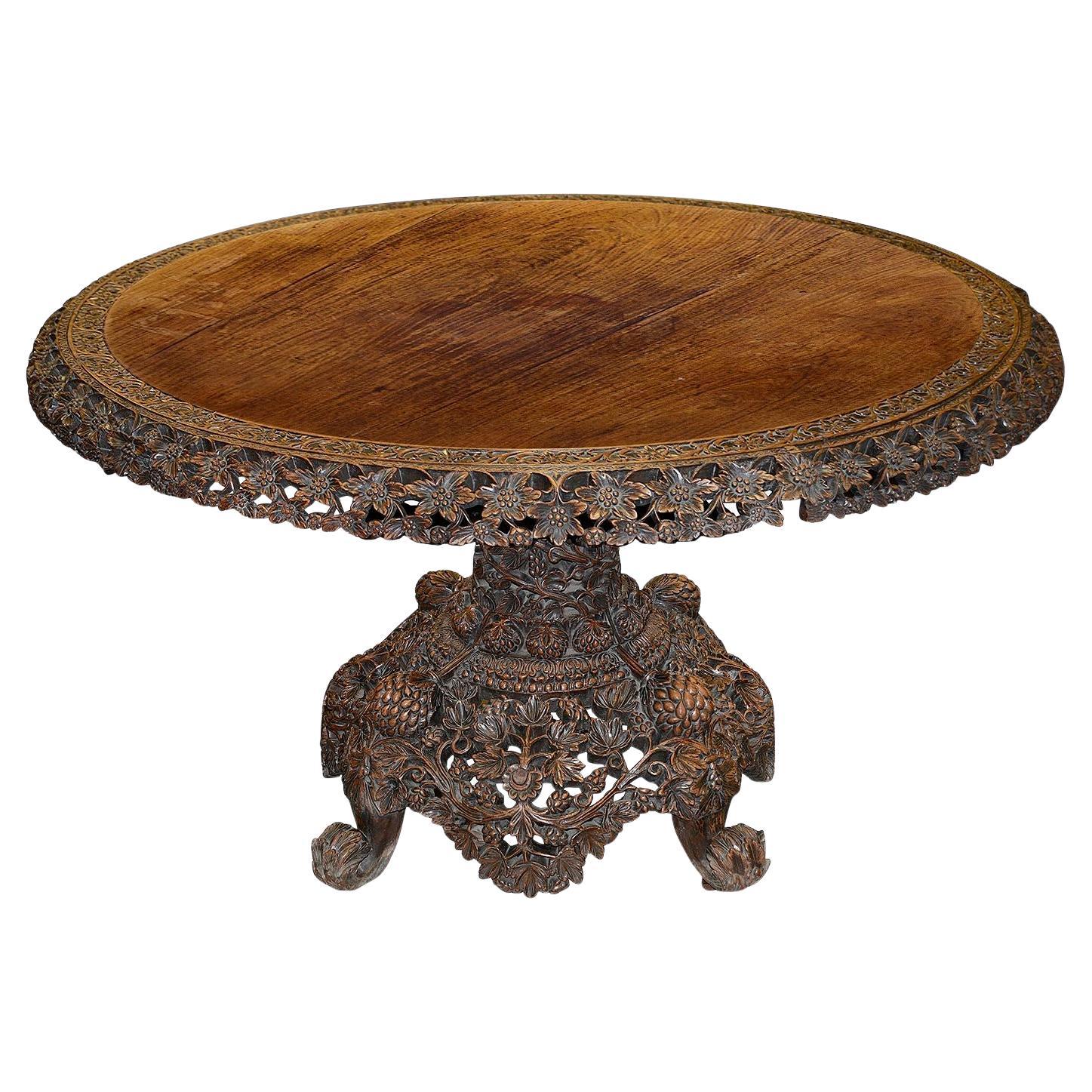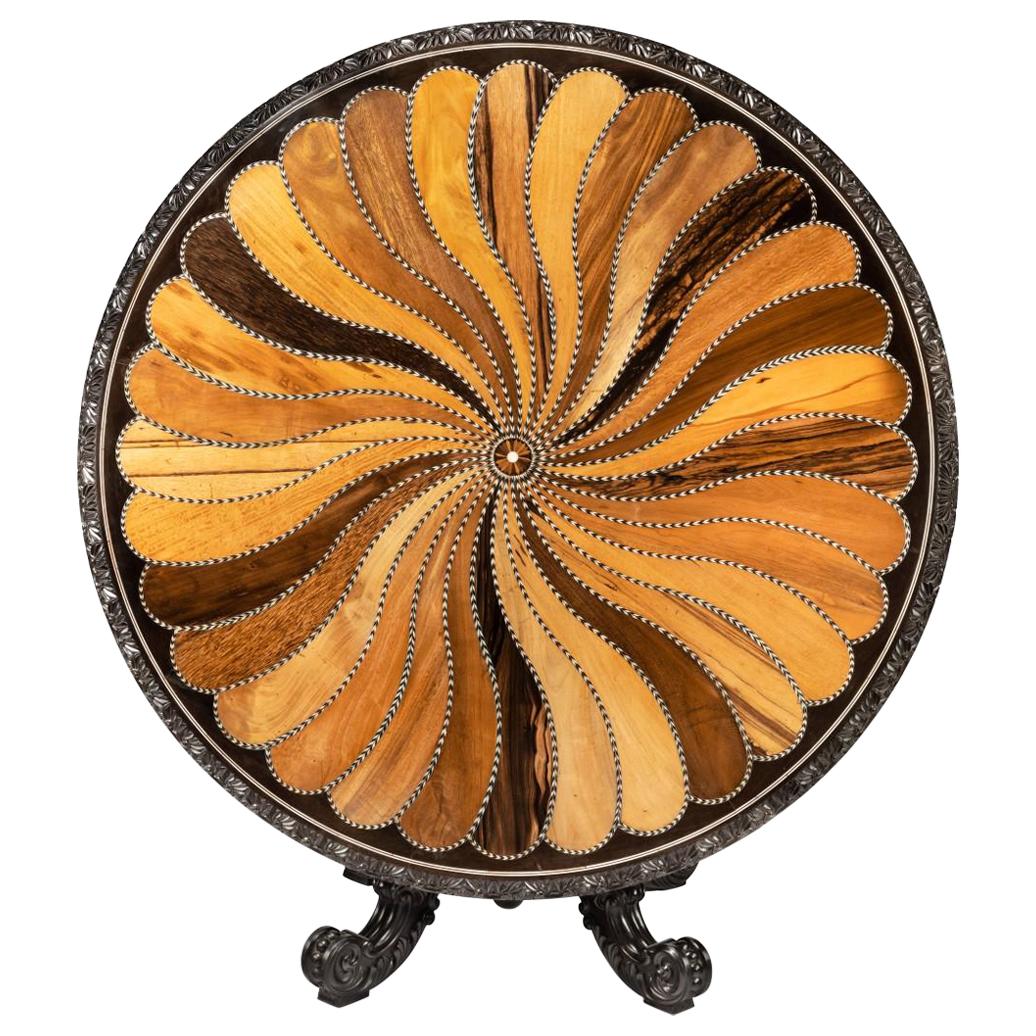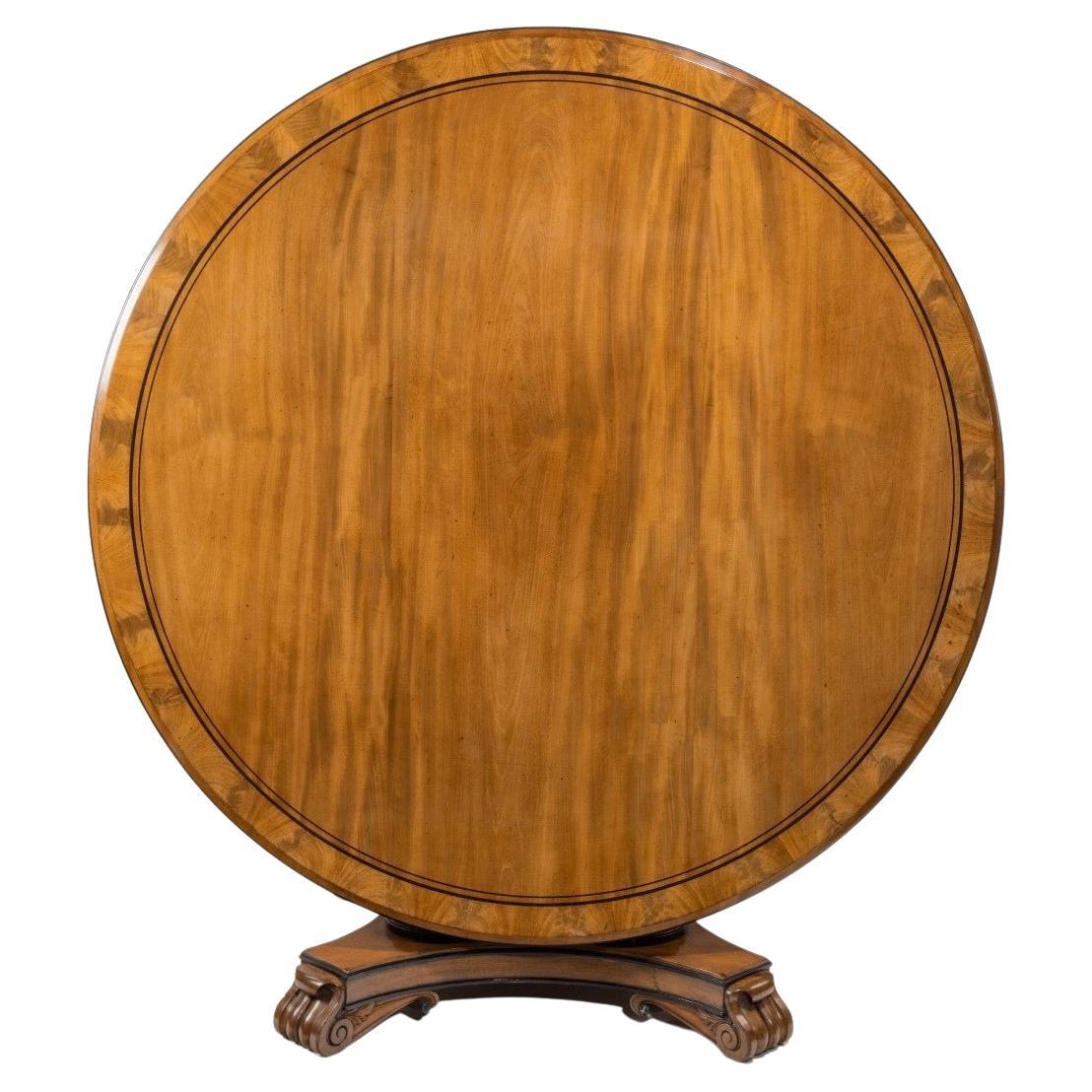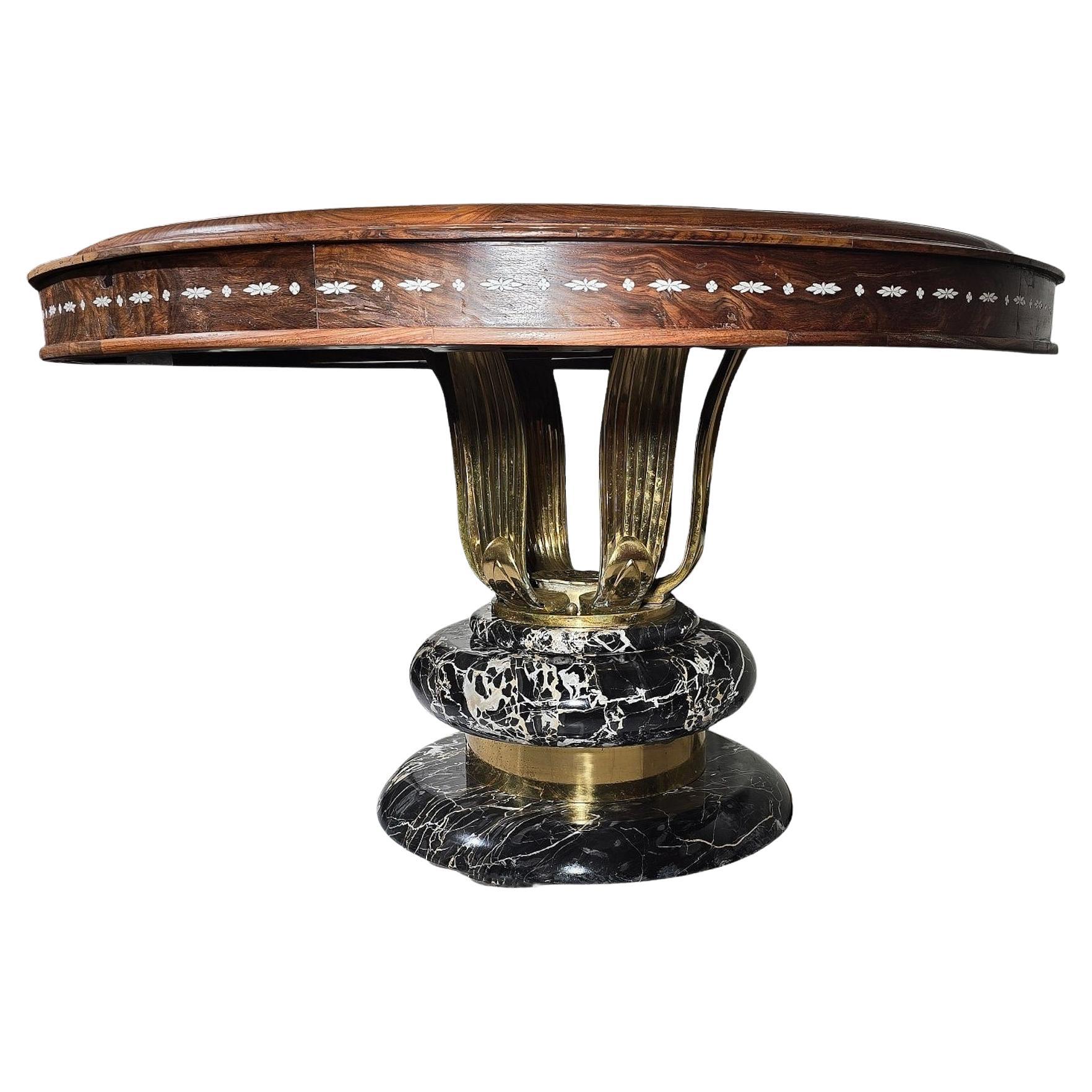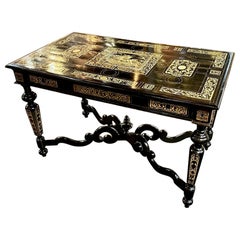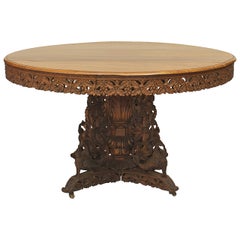
Ebony Anglo-Indian Table with Inlaid Bowl
View Similar Items
1 of 3
Ebony Anglo-Indian Table with Inlaid Bowl
About the Item
- Dimensions:Height: 31.5 in (80 cm)Width: 35.44 in (90 cm)Depth: 35.44 in (90 cm)
- Materials and Techniques:
- Place of Origin:
- Period:
- Date of Manufacture:1920
- Condition:Wear consistent with age and use.
- Seller Location:London, GB
- Reference Number:1stDibs: LU84178231803
You May Also Like
- French Victorian Ebony Inlaid Center TableLocated in New York, NYFrench Victorian (19/20th Century) ebony and bronze rectangular center table with 8 swirl design legs connected with an open geometric design stretcher and a top inlaid with pearl & ...Category
Antique Mid-19th Century French Napoleon III Center Tables
MaterialsBrass, Bronze
- Italian Ebony and Ivory Inlaid Center TableLocated in Dallas, TXRare 19th century Italian ebony and ivory inlaid center table. Circa 1860. Sure to make a statement!Category
Antique 1860s Center Tables
MaterialsIvory, Wood
- English Anglo-Indian Teak and Padauk Center TableLocated in New York, NYEnglish Anglo-Indian (mid-19th century) teak and padauk circular table with a filigree apron and pedestal base having intricate foliate and aviary carvings.Category
Antique Mid-19th Century English Anglo-Indian Center Tables
MaterialsPadouk, Teak
- Extremely Large 6' 7" Anglo-Indian Ebonised Hardwood Centre TableLocated in Gloucestershire, GBAn Extremely Large and Important Ebonised and Ivory Inlaid Centre Table. Circa 1900. The table with quadripartite platform base and five turned columns supporting the top, one centr...Category
Antique Early 1900s Center Tables
MaterialsHardwood
- Large and Impressive Anglo Indian Centre Table, circa 1820Located in Brighton, SussexAn Anglo-Indian hardwood circular centre table the base profusely carved with vines and leaves.Category
Antique Late 19th Century Indian Center Tables
MaterialsHardwood
- Large Anglo-Ceylonese Ebony and Specimen Wood Centre Table, circa 1840Located in Lymington, HampshireThe four-foot-six circular tilt top with bone, pewter and specimen wood inlays of large swirling, radiating petals in 32 native Ceylonese timbers within feathered bands centred on a flowerhead roundel, the frieze with a stylised leaf-carved and gadrooned ebony edge, raised upon a solid ebony, lobed baluster with four S-scroll and leaf-carved legs, with the original disguised castors. Ceylonese (Sri Lankan), circa 1840. Tables such as this are as identifiable with Ceylonese export furniture of the mid 19th century as specimen marble tops are with Italian Grand Tours and, in very many ways, they served a similar purpose-they were imposing pieces of furniture, clearly demonstrating the status of the owner whilst also suggesting an interest in travel and in the culture and craftsmanship of other countries. As a result, they were very desirable items. The first documentary reference to a centre table of this sort is in an 1833 inventory of the contents of the Governor’s House in Colombo (preserved in the records of the Colonial Office in the National Archives at Kew). The inventory noted: ‘One Table with different woods of Ceylon, ebony feet’ . There are also various references in the diaries of English visitors to Ceylon. In ‘Ceylon and the Ceylonese (London, 1850), vol.II, pp.226-7) Sir Henry Charles wrote that craftsmen at Galle ‘manufactured those exquisite inlaid articles, which far surpass any specimen of Tunbridge ware that has yet been produced – ivory and various native coloured woods are inlaid upon ebony and as the designs are well defined, the effect produced is magnificent’ . What is particularly fascinating about these tables is that they were regularly exhibited at the various international exhibitions of the 19th century and, from surviving accounts and catalogues, this particular style seems to have formed a centrepiece to the Ceylon Courts. Dr Robin Jones, in his article Furniture...Category
Antique 19th Century Sri Lankan Center Tables
MaterialsEbony
